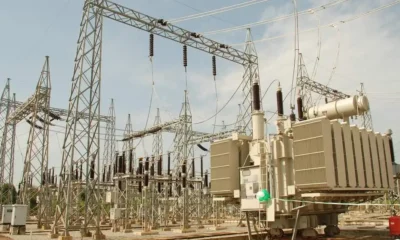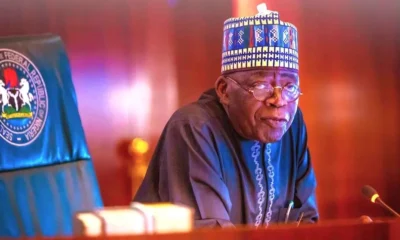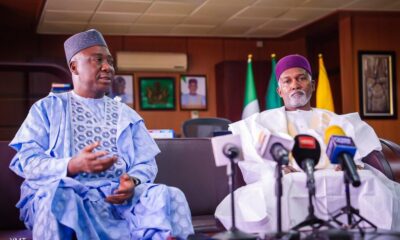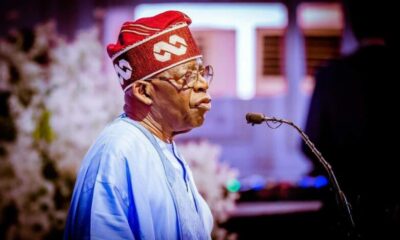Features
FG’s plan to boost cocoa production: Feasible goal or another scam?
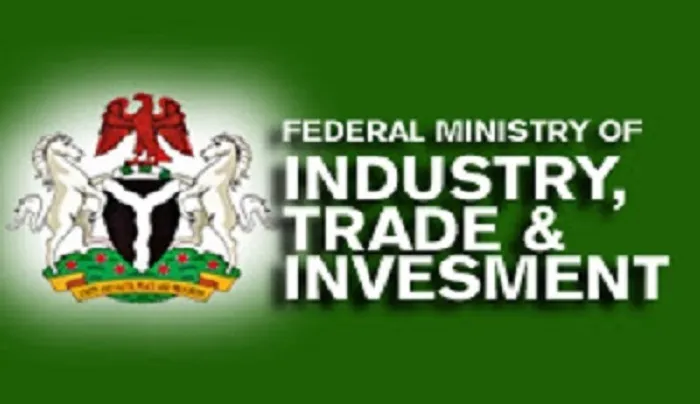
The Federal Government’s recent announcement to boost cocoa production to 500,000 metric tonnes by 2025 has been met with skepticism, especially given Nigeria’s current economic challenges.
The plan, unveiled by Ambassador Nura Rimi, Permanent Secretary of the Federal Ministry of Industry, Trade, and Investments, during the Pre-National Trade Dialogue Series meeting in Abuja, aims to significantly increase cocoa exports. However, many are questioning the feasibility of this ambitious goal.
The economic landscape in Nigeria is fraught with difficulties. With petroleum prices soaring to N800 per liter, the cost of living has escalated dramatically, placing a heavy burden on both the government and the populace.
Read Also:
Can Labour Party’s Ayodele Olorunfemi deliver N120,000 minimum wage?
Emergency security meeting holds Amid planned hunger protests
Critics argue that the financial and logistical challenges posed by such a volatile economic environment could impede the government’s ability to meet its cocoa production targets.
While the government touts strategic partnerships with international organizations like the International Cocoa Organization (ICCO) and the African Cocoa Fund as catalysts for growth, the reality on the ground paints a different picture.
The agricultural sector, particularly cocoa farming, suffers from inadequate infrastructure, outdated farming techniques, and a lack of access to modern agricultural inputs. These issues, if not addressed, could severely undermine efforts to increase production.
The government’s initiatives to create a more business-friendly environment, including the establishment of free trade zones and the simplification of business registration processes, are steps in the right direction.
However, these measures alone may not be sufficient to attract the necessary investment and drive the required productivity gains. Regulatory bottlenecks, corruption, and security concerns remain significant hurdles that could deter investors and stifle economic growth.
Moreover, the promise of a substantial increase in cocoa production comes at a time when the global cocoa market is facing its own set of challenges.
Fluctuating cocoa prices and the impact of climate change on cocoa-growing regions add layers of uncertainty to the government’s projections. Without addressing these broader market dynamics, Nigeria’s cocoa industry might struggle to achieve the projected growth.
The emphasis on attracting over $2 billion in Foreign Direct Investment (FDI) in 2023 and the benefits reaped by sectors such as manufacturing, agriculture, and energy are commendable. However, sustaining this level of investment amidst ongoing economic instability is questionable. Investors require a stable and predictable economic environment, something that Nigeria currently struggles to provide.
The call for innovation, entrepreneurship, and skills development is timely, but these are long-term solutions that require substantial investment and time to yield results. Immediate challenges, such as poor infrastructure and a lack of access to finance for smallholder farmers, need urgent attention.
In conclusion, while the government’s goal to boost cocoa production to 500,000 metric tonnes by 2025 is ambitious and, if achieved, could positively impact the economy, the road to realizing this goal is fraught with significant obstacles.
The combination of economic instability, infrastructural deficits, regulatory challenges, and global market uncertainties casts doubt on the feasibility of this plan. Without comprehensive and immediate measures to address these issues, the likelihood of achieving the targeted cocoa production increase remains uncertain.



